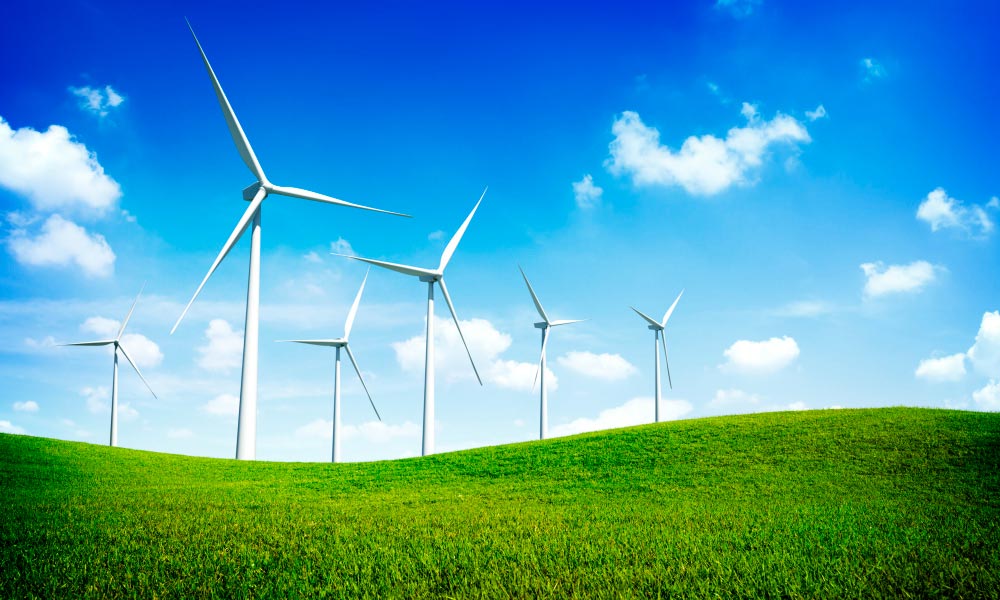
Clean Energy Resources: Advancements, Types, and Future Prospects
Clean energy resources, also known as renewable energy sources, are energy sources that can be replenished and do not emit harmful pollutants. With the increasing concern for climate change and its impact on the environment, the need for clean energy resources has become more urgent. In this article, we will explore the latest advancements in clean energy resources, the different types available, and their importance in reducing carbon emissions. Let's dive in!
The Importance of Clean Energy Resources
The importance of clean energy resources lies in their potential to reduce carbon emissions and mitigate the effects of climate change. Unlike fossil fuels, which are non-renewable and emit harmful pollutants, clean energy resources such as solar, wind, and hydropower are sustainable, do not produce emissions, and have a minimal impact on the environment. The switch to renewable energy sources has become a necessity if we want to build a sustainable future for ourselves and future generations. According to Ban Ki-moon, "The switch to renewable energy sources is no longer a choice but a necessity."
Different Types of Clean Energy Resources
There are different types of clean energy resources available, and each has its unique advantages and disadvantages. Let's explore some of the most popular ones:
- Solar Power: Solar power is the most abundant and widely used source of clean energy. It harnesses the sun's energy and converts it into electricity through solar panels. The cost of solar energy has decreased by 89% in the past ten years, making it the cheapest source of electricity in many parts of the world.
- Wind Energy: Wind energy is another popular form of clean energy. It uses wind turbines to generate electricity, and the energy produced is distributed through a power grid. The installation and maintenance costs of wind turbines have decreased significantly, making it a cost-effective source of energy.
- Hydropower: Hydropower uses the force of moving water to generate electricity. It is one of the oldest and most reliable sources of clean energy. Hydropower plants can be built in various sizes, from large dams to small water turbines.
- Geothermal Energy: Geothermal energy is generated by the earth's natural heat. It involves tapping into underground reservoirs of hot water and steam to produce electricity. Geothermal energy is a reliable source of energy and has a minimal environmental impact.
- Bioenergy: Bioenergy uses organic matter such as wood, agricultural waste, and other renewable biomass to generate electricity. It is a versatile source of energy and can be used in various forms, such as solid, liquid, or gas.
Impact of Clean Energy Resources on Reducing Carbon Emissions
Clean energy resources have a significant impact on reducing carbon emissions. According to the International Renewable Energy Agency, renewable energy sources contributed 72% of new power capacity additions worldwide in 2019. The use of renewable energy sources reduces the need for fossil fuels, which are the primary source of carbon emissions. The shift to renewable energy sources has the potential to reduce carbon emissions by up to 70%.
Future Prospects of Clean Energy Resources
The future prospects of clean energy resources look promising. Governments and businesses worldwide are investing in renewable energy sources to reduce their carbon footprint and meet their energy needs sustainably. The city of Copenhagen aims to become carbon-neutral by 2025, and its transition to renewable energy sources has created over 13,000 jobs in the sector. The island of Tokelau has become the first country to be entirely powered by solar energy, demonstrating the potential of renewable energy sources to meet the energy needs of even small nations.
Conclusion
Clean energy resources are the key to building a sustainable future. The different types of clean energy resources available provide a range of options to meet our energy needs while reducing our carbon footprint. The most commonly used clean energy resources include solar power, wind energy, hydroelectric power, and geothermal power.
Energy

